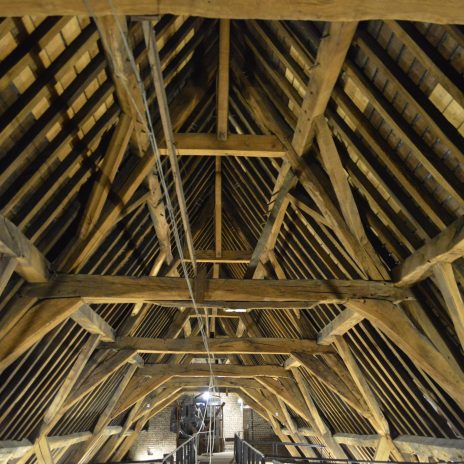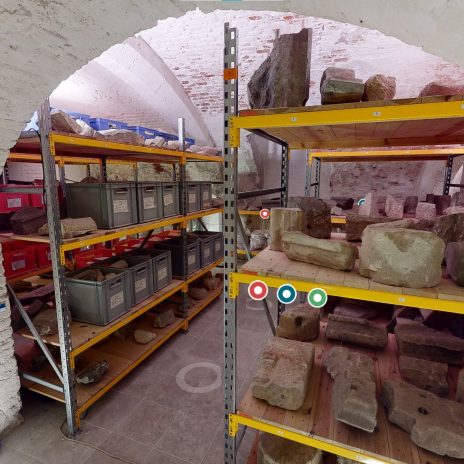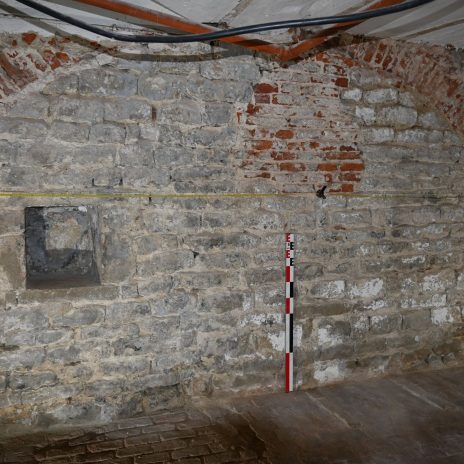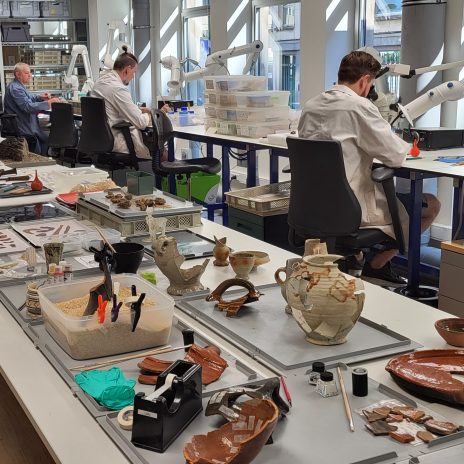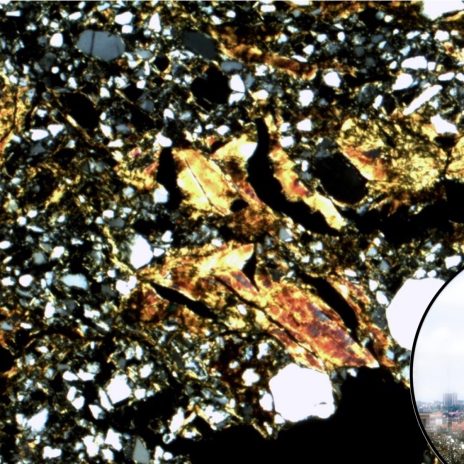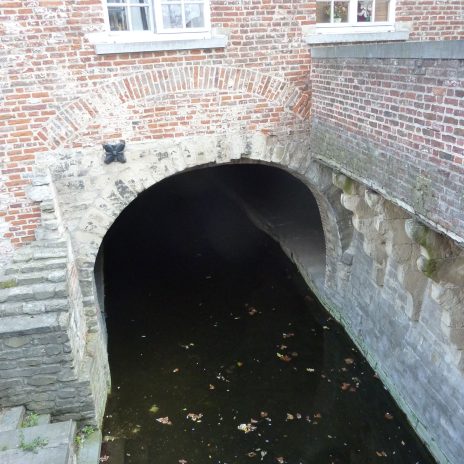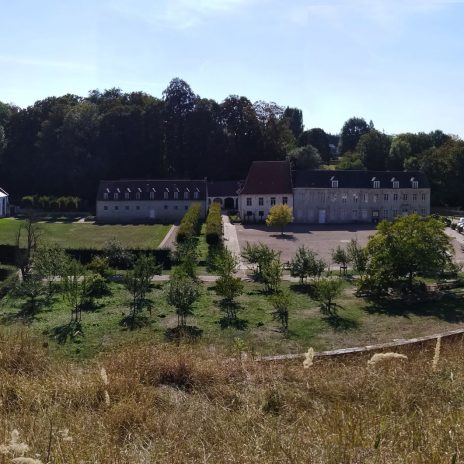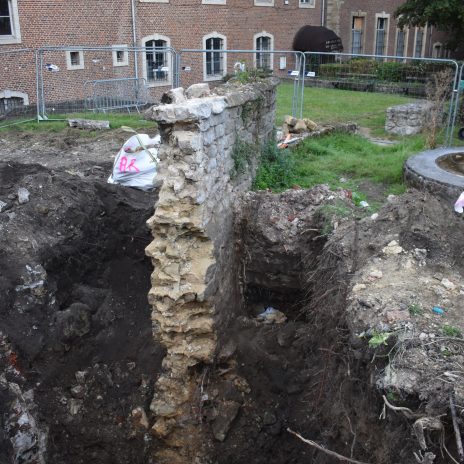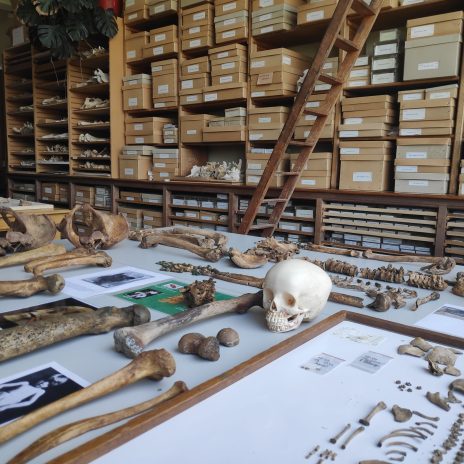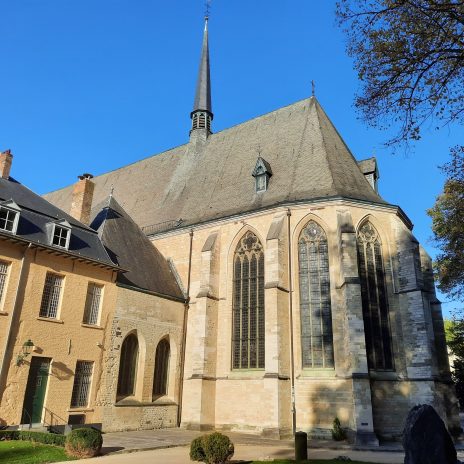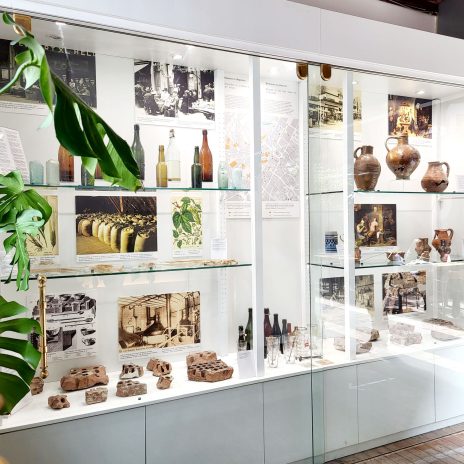At the heart of the timber frames of the Saint-Nicolas church, Brussels
Saint-Nicolas church, rue au Beurre - Boterstraat, Brussels
Already cited in 1174, the church was built in the Romanesque style, with a forecourt and tower on the façade, until it was converted/reconstructed in the 14th century, giving it a Gothic style. It suffered…
Already cited in 1174, the church was built in the Romanesque style, with a forecourt and tower on the façade, until it was converted/reconstructed in the 14th century, giving it a Gothic style. It suffered a number of setbacks: the Wars of Religion at the end of the 16th century, fire following the bombardment of 1695 and the fall of its tower, rebuilt in 1714, the scars of which are most visible in the roof…
Already cited in 1174, the church was built in the Romanesque style, with a forecourt and tower on the façade, until it was converted/reconstructed in the 14th century, giving it a Gothic style. It suffered a number of setbacks: the Wars of Religion at the end of the 16th century, fire following the bombardment of 1695 and the fall of its tower, rebuilt in 1714, the scars of which are most visible in the roof space. A team of archaeologists and dendrochronologists will be (more…)

